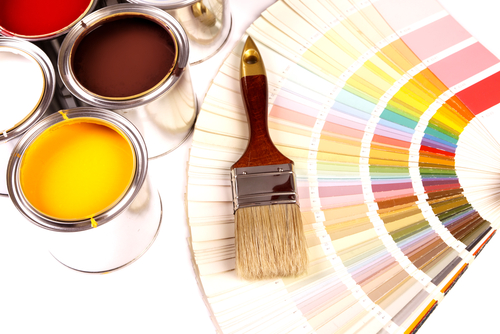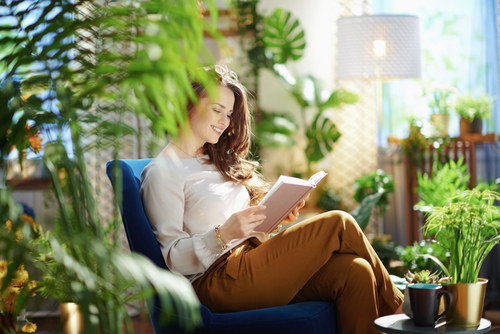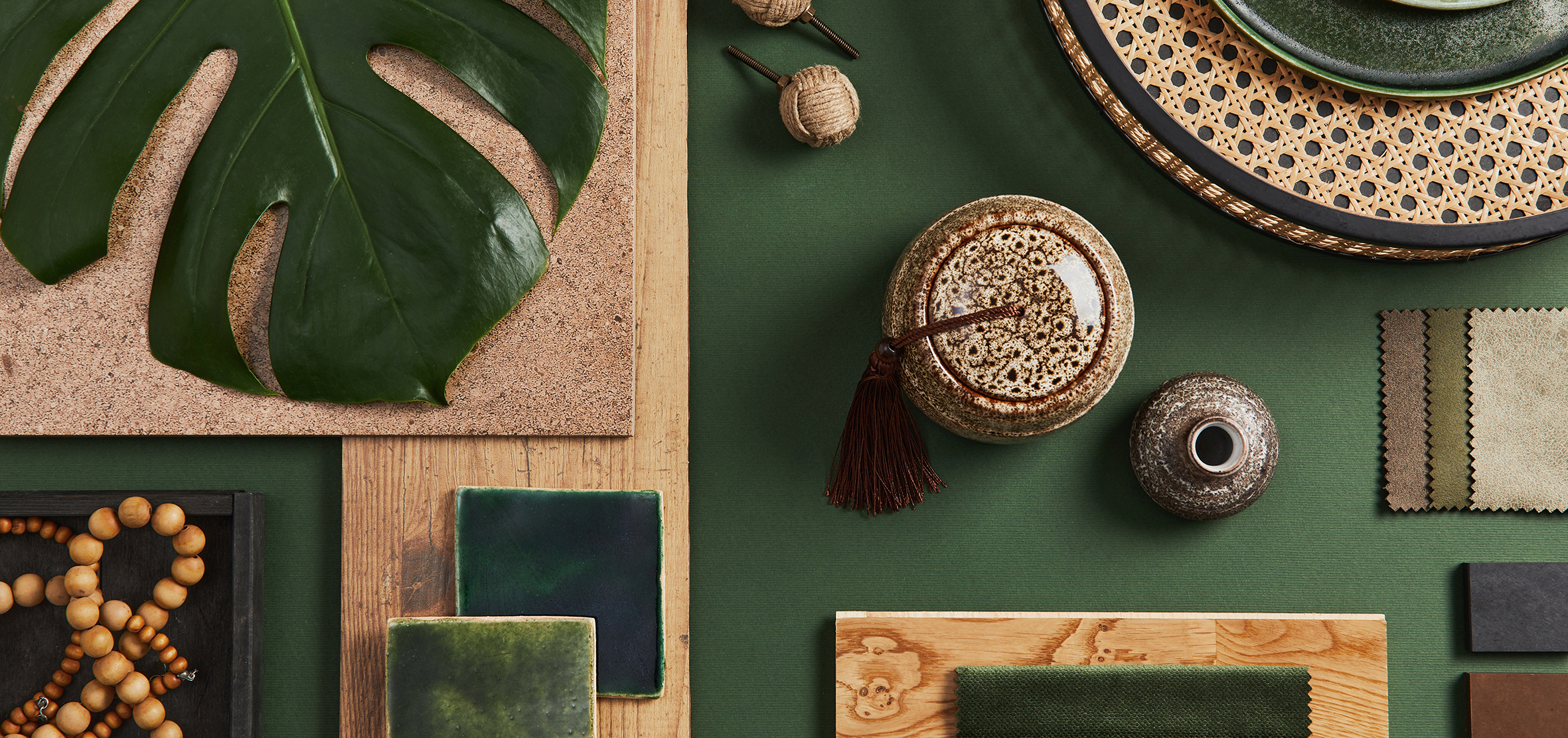Sustainability has become a critical issue in today’s world, and it’s something we should all be mindful of in our daily lives, including when we create our home interiors.
Sustainable interior design is all about creating a living space that is aesthetically pleasing and environmentally friendly. In this article, we’ll guide you through some of the best ways to improve your home’s sustainability through interior design, regardless of your budget or personal style tastes.
Use Sustainable Materials
When designing or renovating your home, it’s essential to choose materials that are environmentally friendly, such as bamboo, recycled glass or reclaimed wood. These materials not only look beautiful, but they also have a low impact on the environment. Whether you’re fully renovating a room, or you just want to make small changes that have a big impact, there are a number of sustainable materials that every interior designer needs to know about.
Choose Energy-Efficient Lighting

Lighting is a crucial aspect of sustainable interior design, and it can have a bigger impact than you think on the overall efficiency of your property. You can use energy-efficient LED light bulbs to reduce your energy consumption, and also install dimmer switches or motion sensors to adjust lighting according to your needs, which will save you money and energy in the long run.
Incorporate Natural Light
In addition to using energy-efficient lighting, you can also incorporate natural light into your home design. This can be achieved by installing skylights, large windows, or glass doors. Not only does natural light do a great job of saving energy, but there are also a number of proven health benefits to getting more natural light, such as improving your mood and reducing stress.
Optimise Home Insulation
Good home insulation is essential for sustainable interior design, as it helps maintain a comfortable temperature inside your home and reduces the need for artificial heating and cooling. You can add insulation to your walls, ceilings, and floors to reduce energy loss and save on your energy bills, but there are also other benefits that might not be so obvious. One of these is the instant boost in value that your home will benefit from with upgraded insulation – modern buyers love sustainable properties, and if you’ve included efficient and environmentally-friendly insulation into your offer, this is a great way to encourage a future sale.
Use Low VOC Paints

Traditional paints contain volatile organic compounds (VOCs), which are very harmful to the environment and can cause health problems such as headaches, nausea, and respiratory issues. Low VOC paints, on the other hand, are non-toxic and better for the environment, so when choosing a paint, you should put low VOC options at the top of your list. You can find low VOC paints in a wide range of colours and finishes to suit your home’s design, so you don’t need to worry about sacrificing style for health. You can find a lot of information online about VOCs and the work the UK government is doing to lessen their impact in homes and offices.
Install Water-Efficient Fixtures
Water conservation is an important part of sustainable interior design, and you can install low-flow showerheads and toilets to reduce your water consumption. These fixtures not only save water, but also lower your water bills and reduce your individual impact on the environment.
Replace Interior Door Handles
Door handles are an often-overlooked element in sustainable interior design, but they can have a significant impact on the overall look and sustainability of your home. The best way to ensure that your door furniture is sustainable is making sure that your interior door handles, or your front door handles, are long-lasting and won’t require frequent replacement. Brass door handles are a fantastic option for this, as they’re really durable, and they look great! With these door handles, you can effortlessly elevate the look of your home while doing your bit for the planet.
Use Sustainable Furniture

Furniture is a significant part of sustainable interior design, as pieces made from materials like bamboo, reclaimed wood, or recycled plastic are much more environmentally positive than their traditional counterparts. You can also opt for furniture made by companies with sustainable practices and certifications, to make sure that you aren’t inadvertently supporting a company that is less environmentally focused.
Incorporate Plants

Plants not only add a touch of nature to your home but also improve air quality by removing pollutants and increasing oxygen levels, so they make for a brilliant sustainable choice. There are a number of ways you can incorporate plants into your home design, including by adding hanging plants, potted plants, or even outdoor living walls, which do an excellent job of attracting wildlife to your garden.
Ultimately, sustainable interior design is about creating a living space that is aesthetically pleasing and environmentally friendly. By following this guide and investing in long-lasting furniture made with sustainable materials, you can achieve the eco-friendly home of your dreams.





